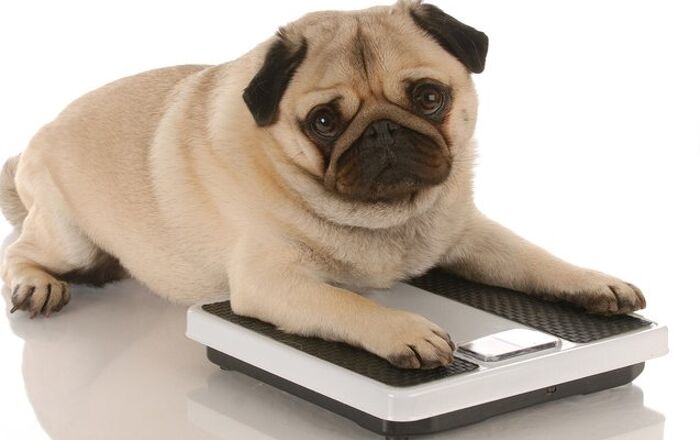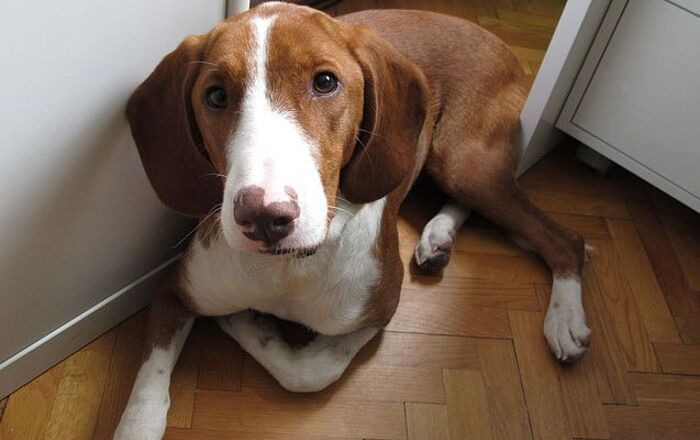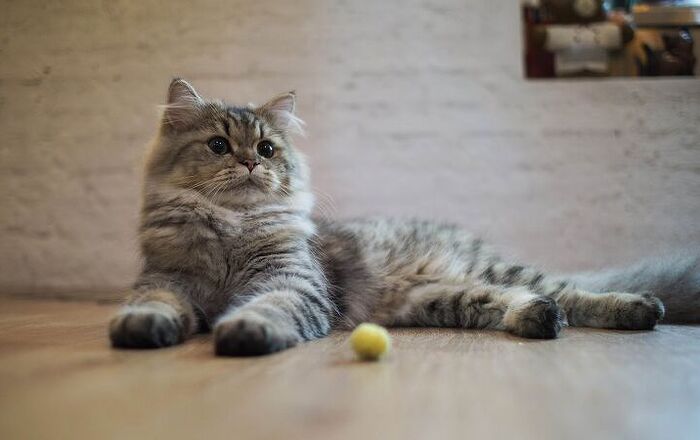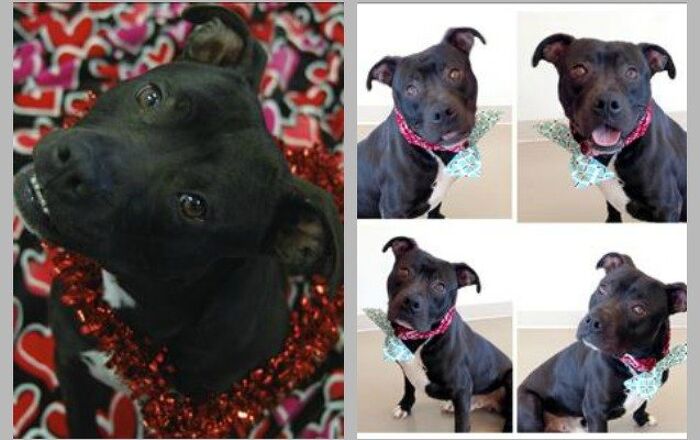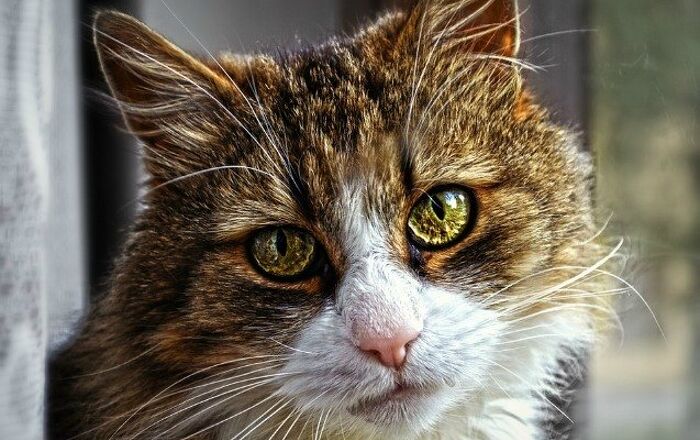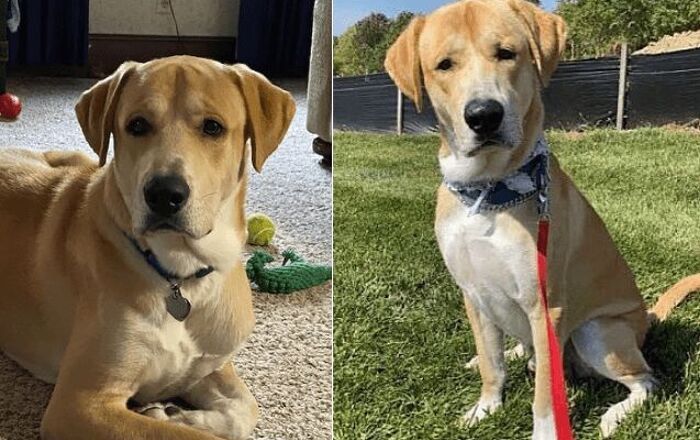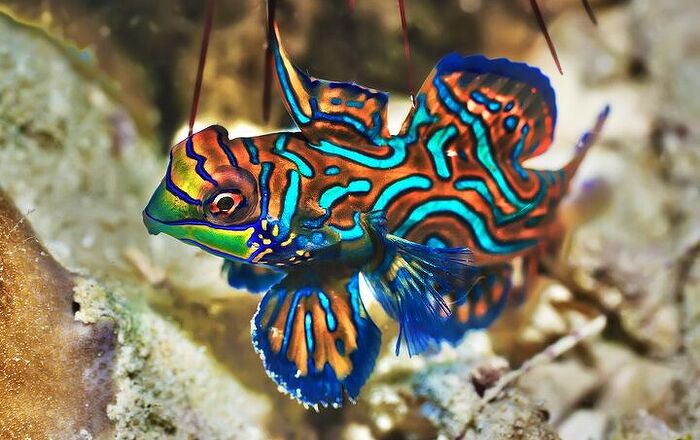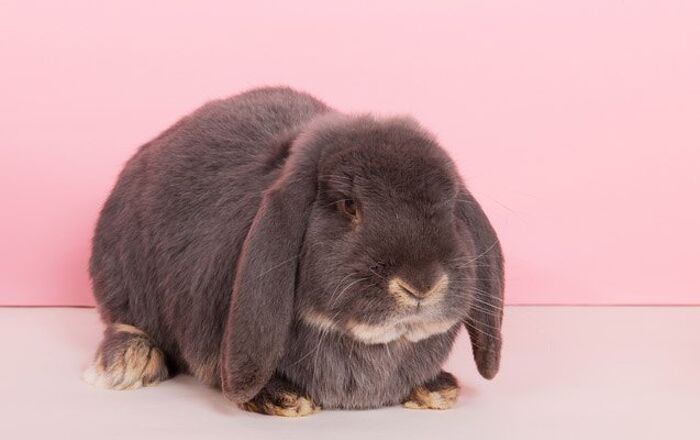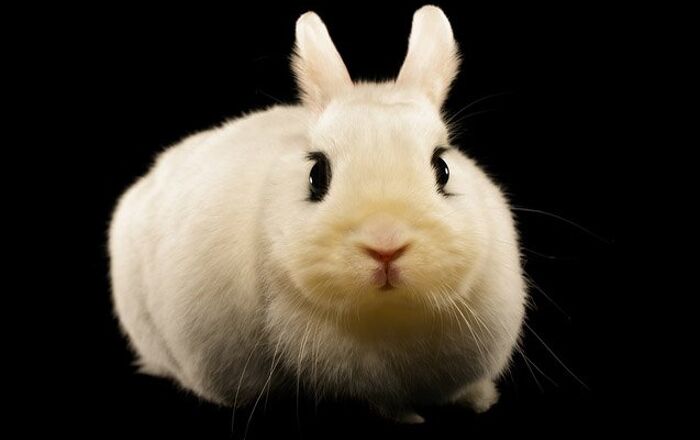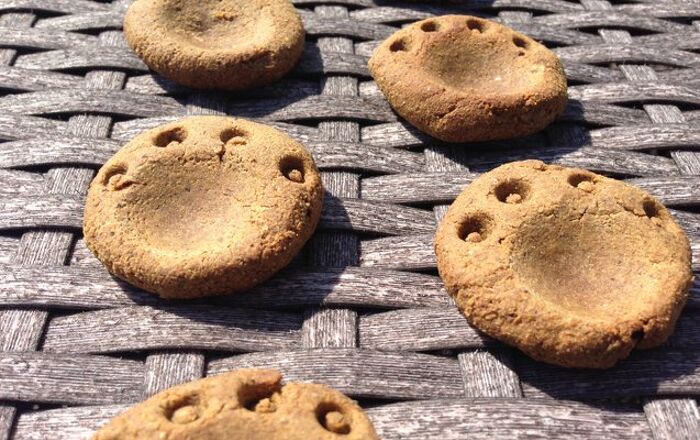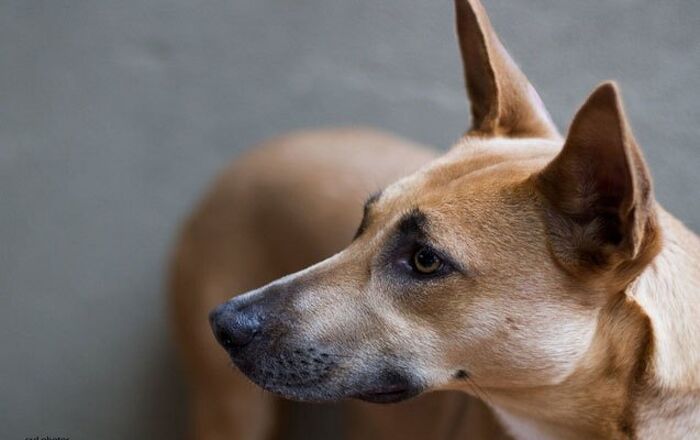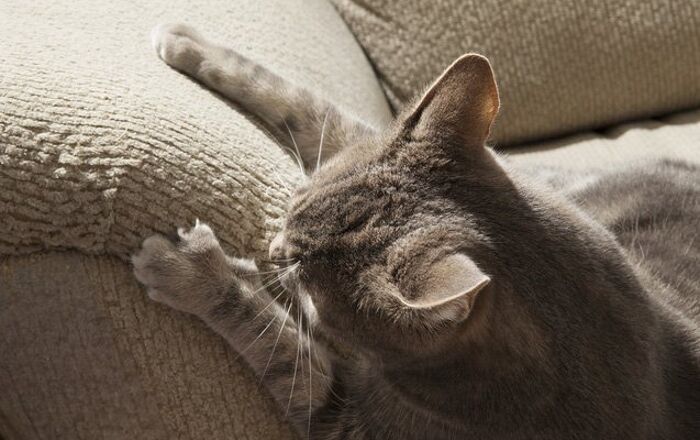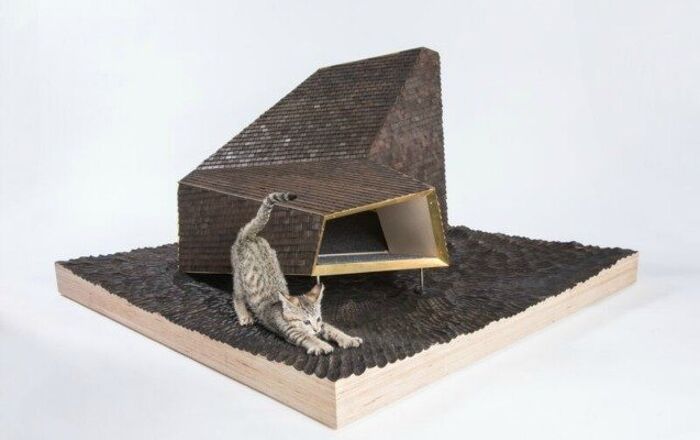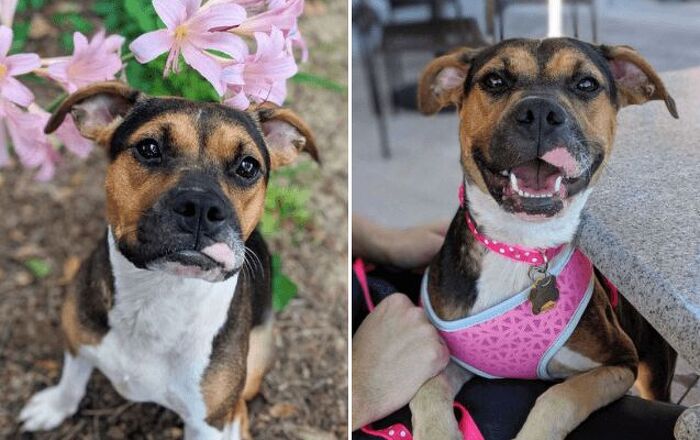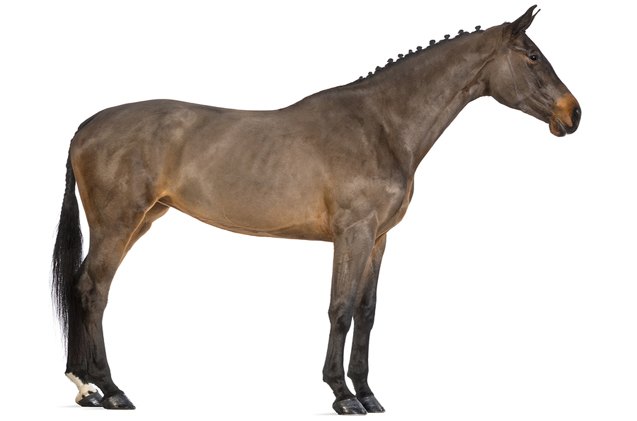
Belgian Warmblood Horse Breed History
While other countries had warmblood horses for quite some time, Belgium did not create the Belgian Warmblood Horse until the 1900s. This is because the government had sought to protect the purity of Belgium’s draft horse, the Brabant. They essentially banned all breeders from developing any horses that would be used under saddle.
However, the increased interest in riding horses recreationally, as well as the increased mechanization in the 1950s, changed things. The government relaxed its restrictions upon breeders, and the Belgian people were finally able to catch up with the warmblood breeders in other countries.
The Belgian Warmblood is one of the best jumping breeds in the world.
Because Belgium did not have any saddle breeds that were developed there, breeders throughout the country had to import the best mares and stallions from several different equine breeds. However, they did lean towards Holsteiners, Hanoverians, and other medium weight horses instead of using light performance horses like Thoroughbreds and Arabian horses. This is because their goal was to create a warmblood breed that would be an exceptional jumping horse, with dense bones, strong quarters, and powerful limbs, instead of a horse that was built for speed, with delicate limbs.
The breeding program in Belgium was a success, and the Belgian Warmblood was created and has become one of the best jumping breeds in the world.
Breed Traits

Because Belgian Warmblood horses were mainly developed from equine breeds that were known for being hard workers with intelligence and a sensible disposition, these horses feature the same traits.
Also, because these horses are intended to be used as performance animals, they are better suited to those riders who have at least a moderate level of experience working with horses. The rider should know how to be in charge of this horse, as it will have a strong personality, so it is not the ideal breed for beginners.
Under the care and guidance of the right owner and rider, the Belgian Warmblood Horse is a pleasure to work with, as it is willing to learn, multi-talented, and bright. These animals are loyal and gentle, despite their strong and athletic body, and they are tenacious and willing to work.
Belgian Warmbloods are suited to riders with a moderate level of experience.
Overall Description
The Belgian Warmblood will feature a breed stamp on the left thigh, especially because these horses are defined more by how they can perform rather than by their overall appearance.
Even though there aren’t any specific criteria for the appearance of the Belgian Warmblood Horse, these animals do need to prove their abilities in jumping and in working as riding horses.
Generally, these attractive horses will feature a muscular yet compact body, along with good depth. There should be a deep chest, sturdy hooves, and strong legs and quarters. The head should be handsome and well carried, and the feet should be large and sound.
These horses will also have facial features that are defined, along with a pair of dark eyes. The chest will be narrow to medium, and there will be well sprung ribs. The neck will be narrow as well, without excessive crest, and the shoulders will be muscular and laid back. The croup should be short and sloping, and the back will be proportionate to the rest of the body.
The Belgian Warmblood features a coat that’s finer than that of other breeds.
Colors
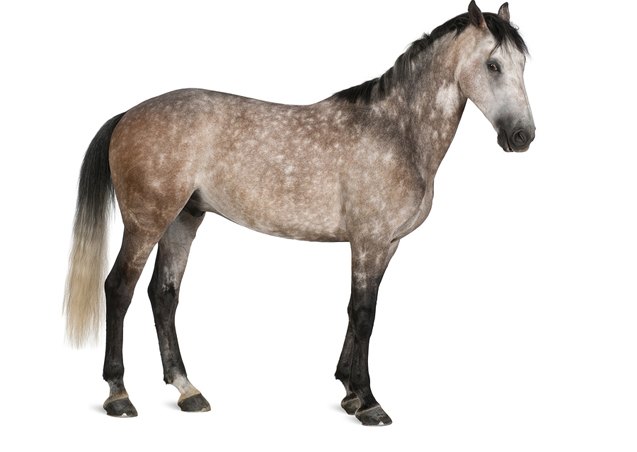
The Belgian Warmblood Horse can feature all of the equine colors. These include spotted and broken colors, but because of the breeding history of these animals, they will almost always feature solid colors instead.
Common coat colors amongst Belgian Warmblood horses include brown, chestnut, black, gray, and bay, as well as pinto and tobiano.
Grooming Requirements
The Belgian Warmblood Horse features a coat that is much finer than that of other equine breeds. Also, the tail and the mane of this breed will be finer as well. This makes the horse easier to groom, particularly in the winter. However, it also requires that you take extra care to ensure your horse will remain warm in the winter, and that you bring your horse in every night when the weather is cold. Other than that, you will find that a standard grooming practice with your Belgian Warmblood horse will suffice.
Equine shampoo and conditioner are typically only necessary when your horse becomes very dirty. Otherwise, you can stick with grooming your horse regularly using tools that include a curry comb, a dandy brush, a shedding blade, a body finishing brush, a mane comb, and a tail brush. These will work on removing excess hair, dirt, and other debris so that the skin and coat will remain clean, smooth, and healthy.
During each grooming session, carefully examine your horse’s hooves to be sure that they are in good condition and healthy. Using a hoof pick, you can easily remove any debris, such as rocks and mud, that have collected within the hooves.
Photo credit: Life on White/Bigstock

